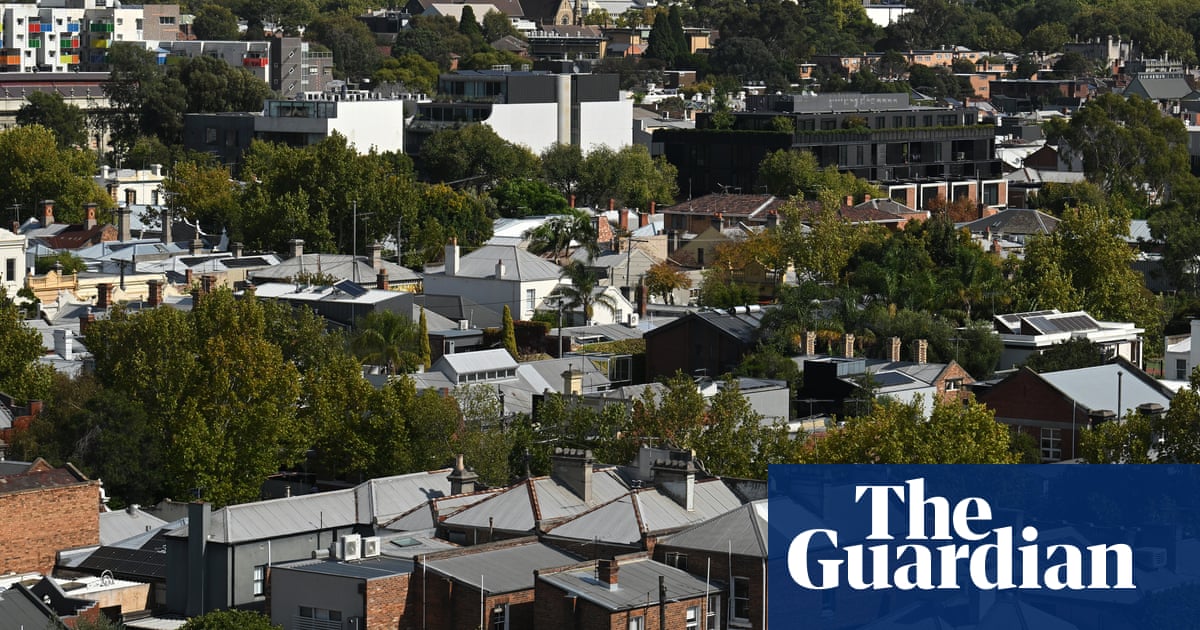The Reserve Bank has cut the cash rate by a quarter point to 3.85%, easing pressure on mortgage holders grappling with high living costs and elevated interest repayments.
Economists view the RBA decision as a sign that Australia’s central bankers believe inflation is being tamed and that there is no longer a need for a borrowing rate over 4% to constrain households.
The cut, representing the second reduction this year, was partly designed to protect indebted households from Donald Trump’s tariffs, which have spooked consumers and businesses, and created the potential for a protracted trade war.
“Economic policy uncertainty has increased sharply alongside recent global developments, and this is expected to prompt some households to increase their precautionary savings and some businesses to postpone some investment decisions,” the RBA said in its monetary policy statement accompanying the rate announcement.
Australia’s economic outlook has generally soured in the past few months, putting downward pressure on interest rates.
Employment growth was expected to ease more than previously forecast, while wages growth in the private sector will stabilise at a lower rate than previously forecast, according to the RBA.
While the quarter point reduction from 4.1% was widely anticipated, some market watchers had anticipated a bumper half percentage point cut and a few expected no rate cut.
The decision to cut was supported byrecent consumer price data, showing a key measure of inflation had dropped below 3% for the first time in three years. A strong jobs market and easing global tensions undermined calls for deeper RBA cuts.
Mortgaged households would save an additional $114 a week for a $750,000 loan, according to Canstar, after the cash rate reduction flowed through to lending products.
The drop in borrowing rates was expected to drive home-buyer activity, but economists weredoubtful that a “boom market” would take holdgiven affordability restraints.
The RBA focussed its attention in its monetary policy on the deterioration in global trade caused by Trump’s tariff regime, marking a change from past statements that heavily focused on domestic matters.
It even modelled an escalating “trade war” scenario, in which an ensuing global confidence shock could send unemployment soaring in Australia. In that scenario, the RBA would need to cut rates heavily to stimulate the economy.
